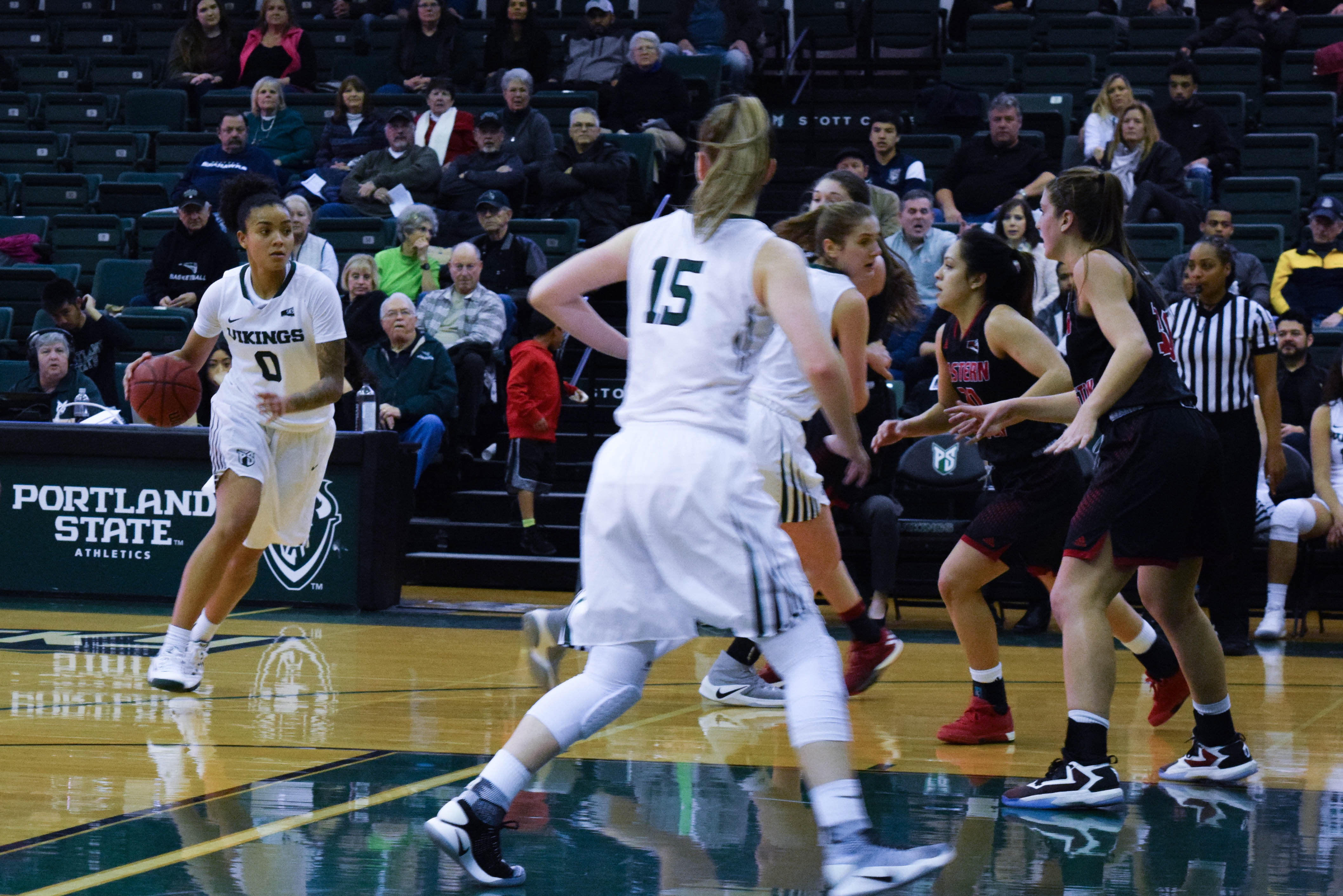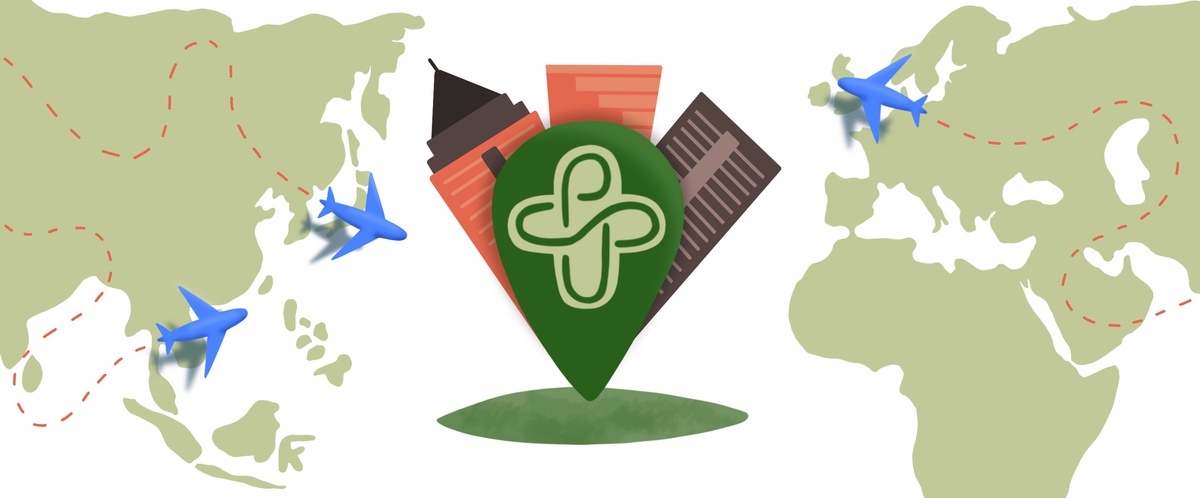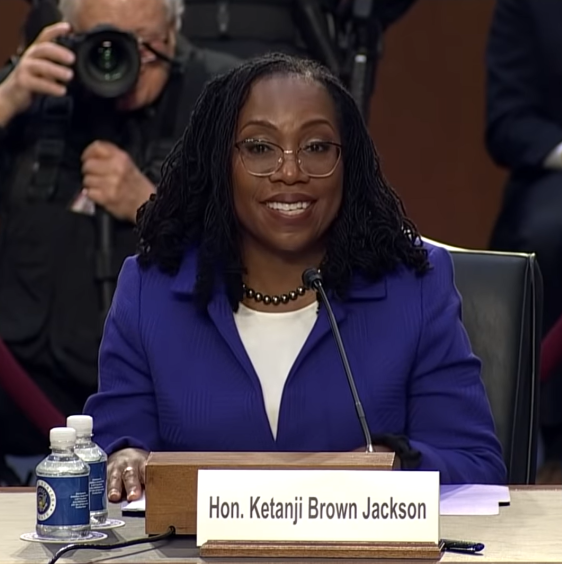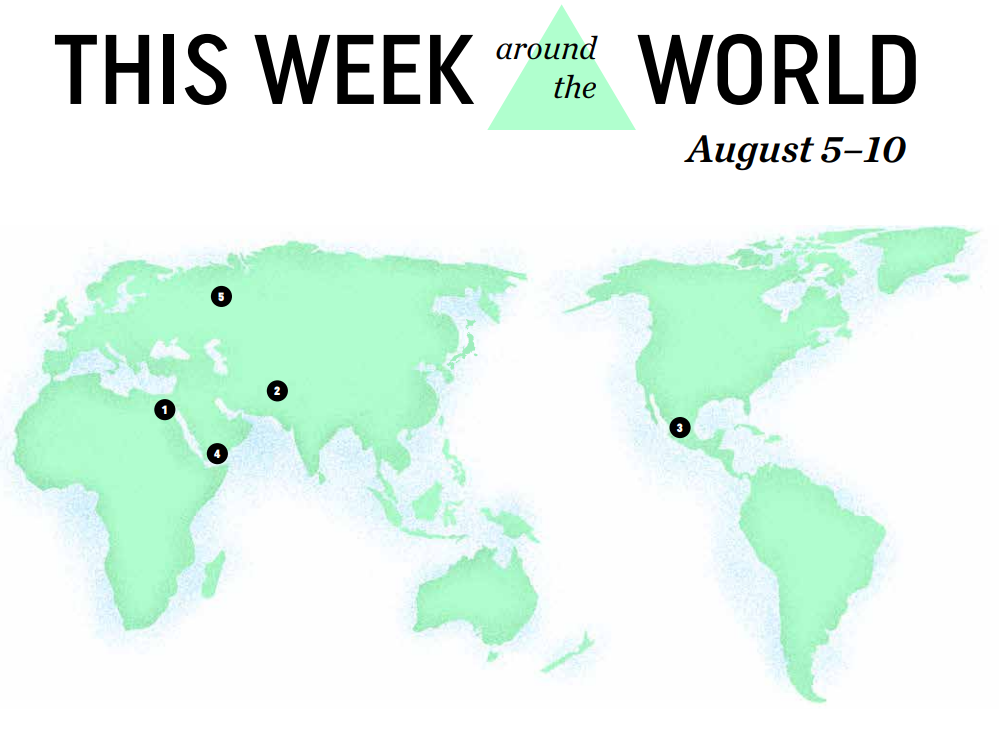Portland State architecture students Alex Ruiz, Genevieve Wasser and Janna Ferguson recently took two weeks to drive the length of the Mexico–U.S. border in order to assess the proposed border wall which President Donald Trump said he is already initiating. The trip was an opening step in their respective master’s theses projects and was funded by a $2,000 scholarship awarded by the Rudy Barton Travel Fellowship.
“The wall is impossible from a natural resources, as well as from a purely physical standpoint,” Wasser said. One reason the group cited that the wall was impractical was that much of the border rests on flood plains, and that the floods which already cause damage to the current fence would be a huge challenge to structural integrity and upkeep of the wall.
The students, friends before they took on the project, decided to analyze Trump’s and many Americans’ aspirations for their master’s theses last December when the then presidential candidate first proposed the wall, Ruiz said. The group alluded that the project was conceived when Trump began denouncing people of Mexican heritage in general and promising the wall during his campaign.
The group’s project is titled “Architecture as Migration: Rerendering the U.S.–Mexico border through the Act of Storytelling.” In addition to analyzing the huge physical, environmental, and financial challenges which building the wall would face, they also told the story of what life is like in some of the border regions the wall would bisect. They examined the social upheaval that implementing a wall would cause to these communities.
The group explained that many of the towns on the border form “integrated communities,” singular communities which straddle the border and depend on one another for economic and social support. The group cited specific towns in the area that were generally proud of their integrated status and that they live in different nations but rely integrally on each other.
Currently there are around 700 miles of fencing on much of the border as well as heavy U.S. surveillance such as blimps, land vehicles and U.S. military. There are also many places where no physical barrier exists due to the rugged landscape or because the areas are simply not monitored or kept up.
The border also runs through private land, some of it being the Tohono O’odham Indian Reservation. The team stated in their presentation that the sovereign nation occupies land in both Mexico and the U.S. and has issued comments saying that it will not be building a wall on its land anytime soon.
Associate professor of architecture Jeff Schnabel advised the project.
“What they were doing in their travel was only the first fragment of an architectural thesis,” Schnabel said. “The heavy lifting is happening between now and May.” He elaborated that in the coming months the group is expected to “take a full spectrum of information, including their travels, and translate this into proposals for the built environment.”
The students finished by stating that the the trip “very much changed how we think about the border.” They said that instead of thinking of the border as just a national line, they now understand its nature as a thriving and culturally unique community, which if split by the wall could be disruptive socially and economically.






